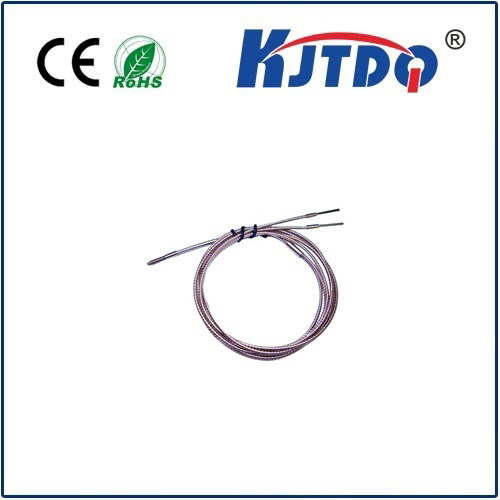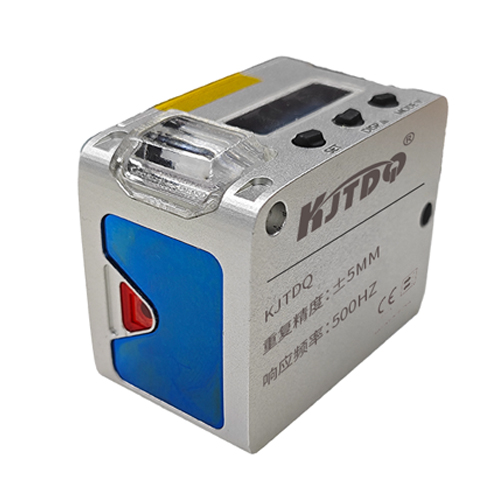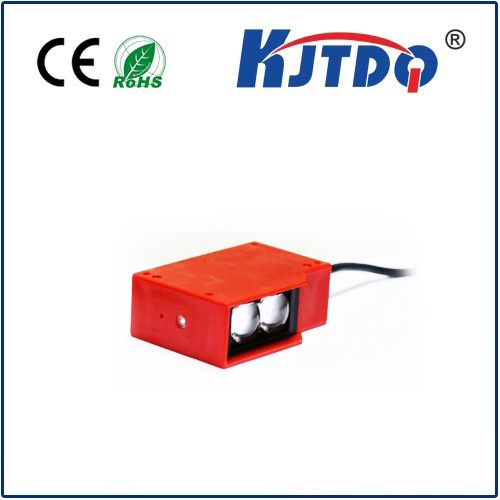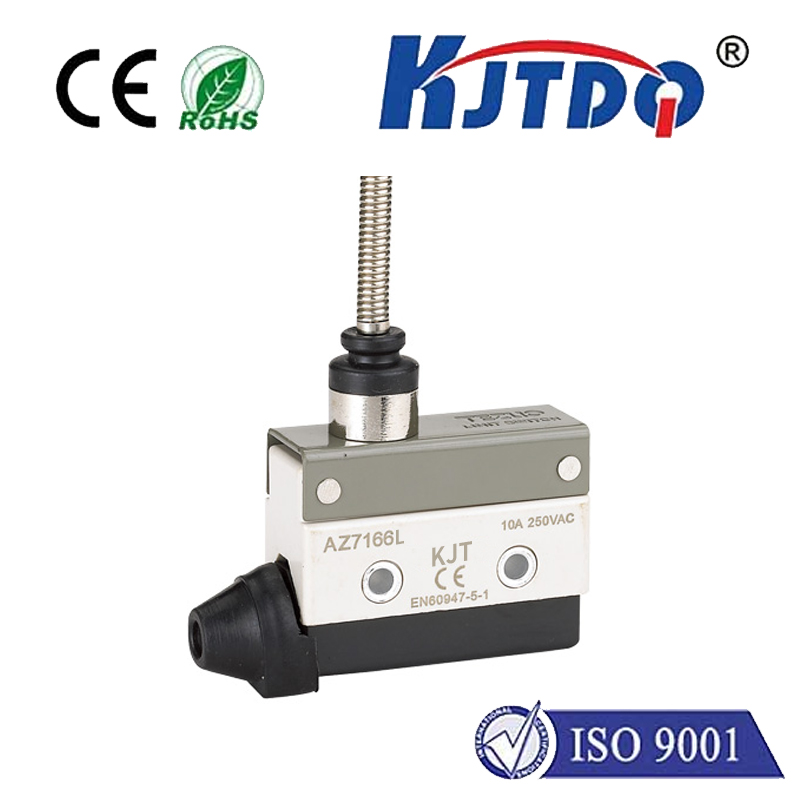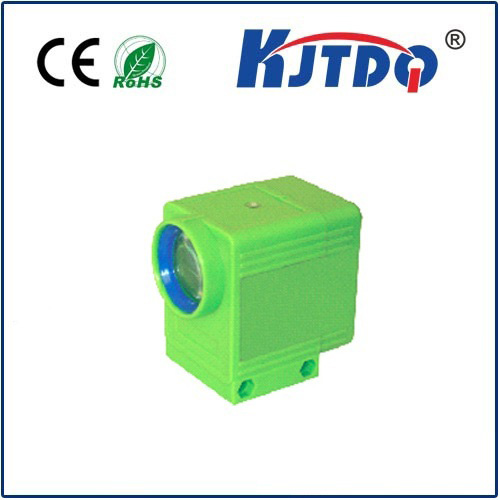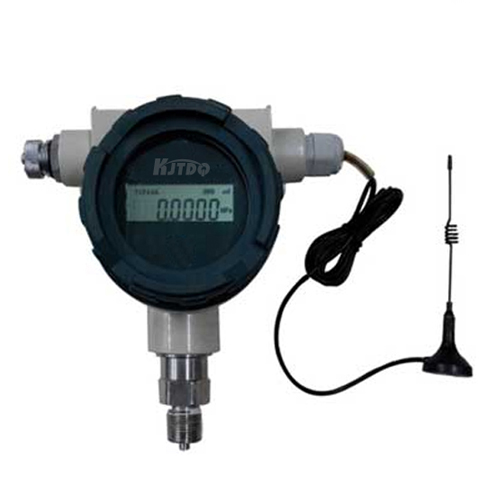BES0035 high pressure proximity sensor
- time:2025-09-30 21:38:19
- Нажмите:0
BES0035 High Pressure Proximity Sensor: The Unseen Guardian in Demanding Environments
Imagine a critical hydraulic system powering massive machinery deep within an industrial plant. Pressures surge beyond 500 times atmospheric levels. A critical component fails, triggering a catastrophic shutdown, costing thousands in lost production and repair. Now, imagine a tiny, rugged sentinel reliably monitoring position right within that intense pressure zone, preventing such disasters. This is precisely the domain of sensors like the BES0035 High Pressure Proximity Sensor – unsung heroes engineered to perform where others cannot.
Operating flawlessly within high-pressure environments – common in hydraulics, heavy machinery, oil & gas, and plastic injection molding – presents unique challenges. Standard sensors simply buckle under the extreme physical stresses. That’s where specialized high-pressure variants like the BES0035 proximity sensor step in. Designed to withstand internal pressures reaching 600 Bar (approximately 8700 PSI) and beyond, these sensors provide crucial non-contact detection without compromising the integrity of the pressurized system or their own functionality.
The Core Principle: Inductive Sensing Under Pressure
The BES0035 leverages the well-established principle of inductive proximity sensing. At its heart lies a coil energised by an oscillator, generating an alternating electromagnetic field at the sensor’s face. When a ferrous metal target (like steel or iron) enters this field, it induces small eddy currents within the metal. This disrupts the oscillator’s energy, a change detected by the sensor’s circuitry. This detection triggers a solid-state switching output, typically a PNP or NPN transistor, signalling the target’s presence.
What sets the BES0035 apart is its robust construction meticulously engineered to contain this sensing mechanism against immense external pressure. Standard sensor housings would deform or leak under such extremes. The BES0035 achieves its high pressure rating through specific design choices:

- Reinforced Housing: Utilizes high-strength, pressure-resistant materials like specific stainless-steel grades designed to handle internal pressure loads without distortion.
- Pressure-Balanced Design: Some variants incorporate features to minimize pressure differentials acting on critical internal seals, reducing stress points.
- Specialized Sealing: Employing advanced sealing technologies (potting, specialized O-rings, unique sealing geometries) capable of maintaining integrity under continuous high pressure and potential thermal cycling.
- Compact, Solid Form: Often featuring an M12x1 or M18x1 threaded cylindrical design, maximizing strength and minimizing potential weak points associated with complex shapes.
Why High Pressure Proximity Sensing is Mission Critical
The ability to perform reliable non-contact detection directly within high-pressure zones unlocks numerous critical applications:
- Hydraulic Cylinder Position Feedback: Monitoring piston rod position within cylinders operating at several hundred Bar is its primary use case. Knowing rod extension/retraction is vital for precise machine control, preventing over-travel, and ensuring cycle completion.
- Valve Spool Position Verification: Confirming the exact position of spools in high-pressure hydraulic valves ensures correct flow paths and system safety.
- High-Pressure Pump Monitoring: Detecting shaft rotation, piston position, or component presence within pumps handling extreme pressures.
- Plastic/Metal Injection Molding: Monitoring mold component positions or ejector pins under the clamping forces and injection pressures involved.
- Test Benches & Pressure Vessels: Providing position feedback on actuators or components inside chambers subjected to rigorous pressure testing.
- Offshore & Subsea Equipment: Operating reliably in deep-sea environments where hydrostatic pressure is significant.
Key Advantages of the BES0035 Design
Beyond the fundamental ability to withstand pressure, the BES0035 High Pressure Proximity Sensor offers significant benefits inherent to its inductive sensing nature and robust build:
- Non-Contact Operation: Eliminates wear and tear associated with mechanical limit switches, leading to significantly longer service life and reduced maintenance, especially important in difficult-to-access locations.
- High Reliability: Solid-state electronics and sealed construction provide dependable performance in harsh industrial environments characterized by vibration, shock, and contamination (IP67 or IP69K ratings are common).
- Fast Switching Speeds: Capable of detecting rapidly moving targets, essential for high-speed machinery and precise control loops.
- Immunity to Surface Conditions: Unlike optical sensors, inductive sensors like the BES0035 are largely unaffected by dust, dirt, oil film, or water (as long as their IP rating is maintained), making them ideal for messy industrial settings.
- Electromagnetic Compatibility (EMC): Designed to resist electrical noise common in industrial plants and not interfere with other equipment.
- Simple Integration: Standard M12 or M18 threaded barrels simplify mounting, and common 3-wire (PNP/NPN) or 2-wire DC output configurations interface easily with standard PLCs (Programmable Logic Controllers) and control systems. Most offer both Normally Open (NO) and Normally Closed (NC) output logic options.
Selecting the Right Sensor: Considerations
While the BES0035 model specifically targets extreme pressures, choosing the optimal variant requires attention to detail:
- Pressure Rating: Absolutely critical! Ensure the sensor’s specified pressure rating (e.g., 600 Bar) exceeds the maximum possible operating pressure in your application, including potential surges.
- Electrical Requirements: Match voltage supply (typically 10-30V DC) and output type (PNP/NPN, 2-wire) with your control system input cards.
- Switching Distance: The rated operating distance (Sn) must be appropriate for the target size and mounting position. Remember, factors like target material (steel, stainless steel) and size influence the effective sensing range.
- Housing Material & Thread: Select a corrosion-resistant material (e.g., stainless steel 303/304/316L) suitable for the environment (chemicals, salt water) and the required thread size (M12 or M18 most common).
- Environmental Protection: Verify the IP rating (e.g., IP67, IP69K) guarantees protection against dust and water ingress relevant to the installation site.
- Temperature Range: Ensure the sensor’s operational temperature specifications align with the ambient and process temperatures it will encounter.
Installation Best Practices for Peak Performance
Even the most robust sensor requires correct installation for reliable service:
- Mounting: Ensure the sensor is securely fastened using the correct torque to prevent leakage under pressure and vibration. Avoid overtightening, which can distort threads or damage seals.
- Flush Mounting: For cylindrical threaded sensors, consider flush or quasi-flush mounting wherever possible to minimize direct exposure to impacting fluids or debris. Recessed mounting can offer added protection.
- Target Material & Size: Use ferrous metal targets (iron, steel). Non-ferrous metals like aluminum or brass have significantly shorter sensing ranges. Ensure the target is large enough and moves fully into the sensing field. For position detection on cylinder rods, targets are often integral grooves or machined features.
- Wiring: Use shielded cable where long cable runs or significant electrical noise is present. Follow manufacturer guidelines for grounding the shield (usually at the controller end). Ensure cable glands are properly sealed to maintain the IP rating, especially crucial in high-pressure washdown areas.
- Avoid Physical Damage: Position the sensor away from potential impact from moving machine parts or falling objects.
In the relentless world of heavy industry and high-pressure systems, components must not only function but endure. The BES0035 High Pressure Proximity Sensor embodies this requirement. Its ability to deliver precise, non-contact position feedback directly within zones subjected to crushing forces makes it an indispensable component. By seamlessly integrating robust construction with reliable

